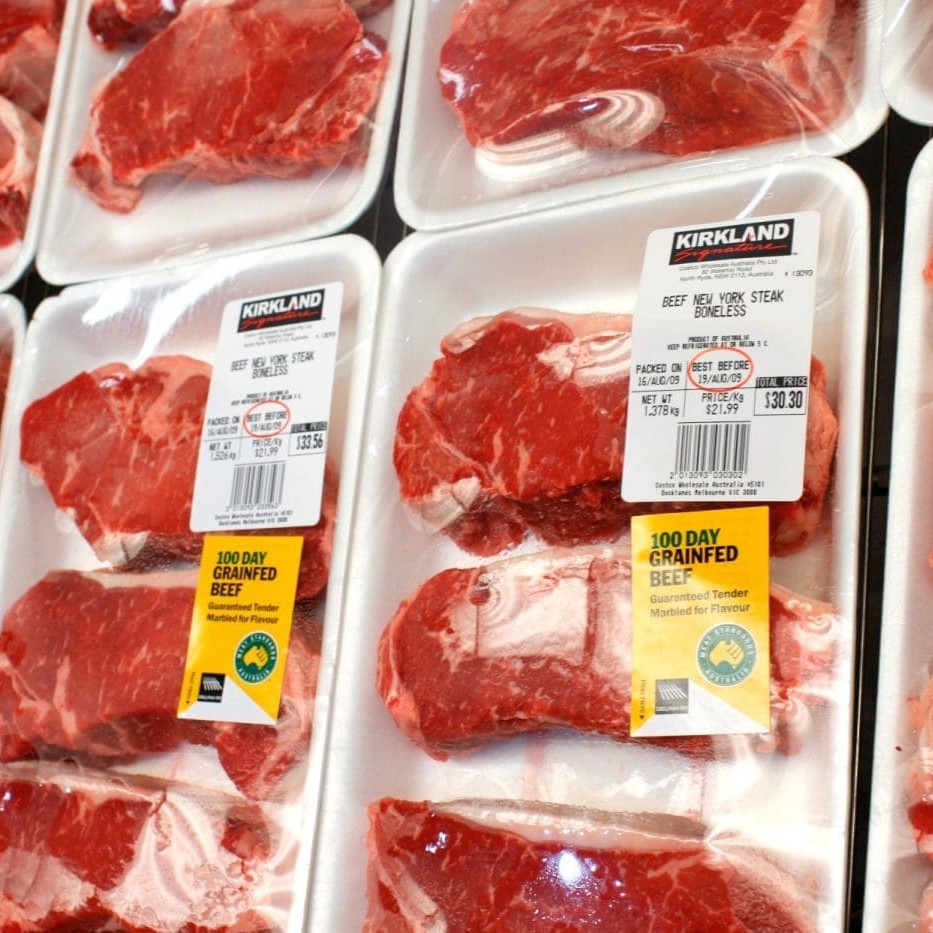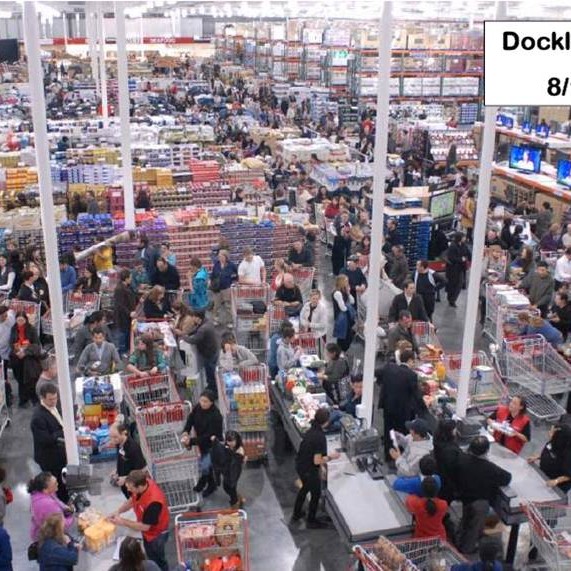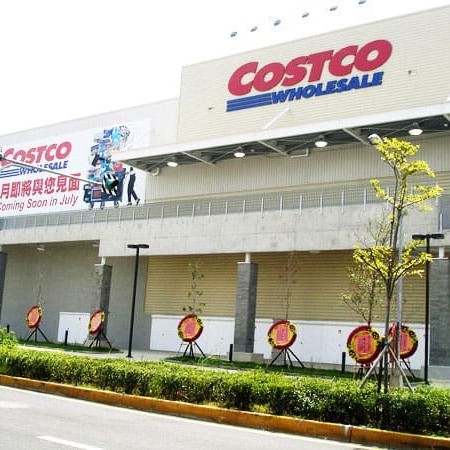 Growth in store numbers and popularity among shoppers in Australia, together with opportunities to supply company outlets in Asia is putting pressure on beef supply chains working with the Costco warehouse retail chain.
Growth in store numbers and popularity among shoppers in Australia, together with opportunities to supply company outlets in Asia is putting pressure on beef supply chains working with the Costco warehouse retail chain.
What sets Costco apart from all other supermarket/warehouse retailers operating in Australia in its Kirkland brand beef offer is that it sells only 100-day grainfed USDA Choice grade equivalent beef, carrying a marbling score of 2 or better.
Exactly the same specification applies in its stores worldwide.
In Australia, the program is backed also by the Meat Standards Australia grading and tenderness guarantee process. In fact Costco was the first large retailer to adopt the MSA program in full.
While the popular view is that the typical Australian domestic consumer has been conditioned over decades to avoid beef with higher fat content, the obvious success of the Costco program in Australia is helping explode that myth.
 One reliable source told Beef Central recently that an Australian Costco outlet typically turns over $1 million-plus in beef sales each month, and at times has exceeded $1.4m.
One reliable source told Beef Central recently that an Australian Costco outlet typically turns over $1 million-plus in beef sales each month, and at times has exceeded $1.4m.
Growth in overall sales at the original Costco Docklands store, now operating for almost three years, is in double digits, but the meat department sales growth, in most cases, is double that.
One of the features of the Costco model is greater consistency in sell prices, due to longer-term tender agreements with suppliers.
As the photos here illustrate, a typical Costco store is a massive ‘no-frills’ warehouse format, stocking a vast range of both food and consumer items at extremely competitive prices. The system works on a loyal cardholder model.
By 2010, the company was the third largest retailer in the US and the eighth largest in the world, with almost 600 of the huge warehouses worldwide.
Since the establishment of the first Costco Australia store at Docklands in Melbourne in 2009, new outlets have been established in Canberra and Sydney. Over the next 18 months, an additional three warehouses will open in Brisbane, and second stores in Sydney and Melbourne. A seventh will be opened in Adelaide a year later.
Taiwan opportunity
Another significant impact on the supply chain serving Costco came about ten months ago when Taiwan placed a ban on beef supply out of the US, over the use of feedlot growth compound, Ractopamine (not registered for use in Australia).
Costco operates nine warehouses in Taiwan, previously supplied exclusively with US beef. Given the early success of Costco’s operations in Australia, a decision was reached to source out of Australia.
 Because of that demand growth, beef is now supplied under a common product spec from for Australian and Taiwanese stores by four Australian grainfed export suppliers: JBS, Nippon, Teys Australia (previously under the Cargill banner) and Stanbroke Beef.
Because of that demand growth, beef is now supplied under a common product spec from for Australian and Taiwanese stores by four Australian grainfed export suppliers: JBS, Nippon, Teys Australia (previously under the Cargill banner) and Stanbroke Beef.
Exactly the same carcase criteria and cutting spec applies in export into Costco’s Taiwan retail operations as in Australia.
Some complementarity operates, because of the high Taiwanese demand for secondary cuts items like intercostal meat, shin/shank and oyster blade.
Costco’s meat division general manager Marcel Moodley said growth in Australia, as well as the Taiwan development, was putting supply pressure on Australian processors.
“We have a problem now with supply in some cuts – we often can’t keep up with demand for tenderloins for example,” he said.
“The question has been raised: why don’t you lower the marbling score requirement from 2 to 1, or 1.5? But as much as that would deliver a cheaper price, both to ourselves and our customers, we do not want to drop the quality spec. That means sometimes an item like tenderloin may be out of stock in a store or two, but we prefer to take the high ground on product quality.”
So, given the progress made in supply into Costco’s Taiwan stores, what prospects exist in countries like Japan and Korea, where the company operates 16 warehouses?
While Japan is 100pc supplied with US product, much of the product sold in Korea is Australian, secured through third-party brokers, rather than direct. The brokers buy in fullsets, breaking up the body parts with different customers.
Surprisingly, Costco has found it can buy Australian product in Korea cheaper via a third party, than it can by trading direct with Australian exporters.
“We still do not have a clear answer about how that can happen, but it appears to be linked to how successful the local brokers are in extracting greater price for other, secondary carcase items from the fullset, which gives them an advantage,” Mr Moodley said.
“But our intention, down the line, is to slowly but surely build the direct trade into the Korean market, one item at a time.”
Costco Japan was a different story, being quite used to the supply of US beef over a long period, and unlikely to change allegiance any time soon to Australia – particularly while current currency shifts are in place.
